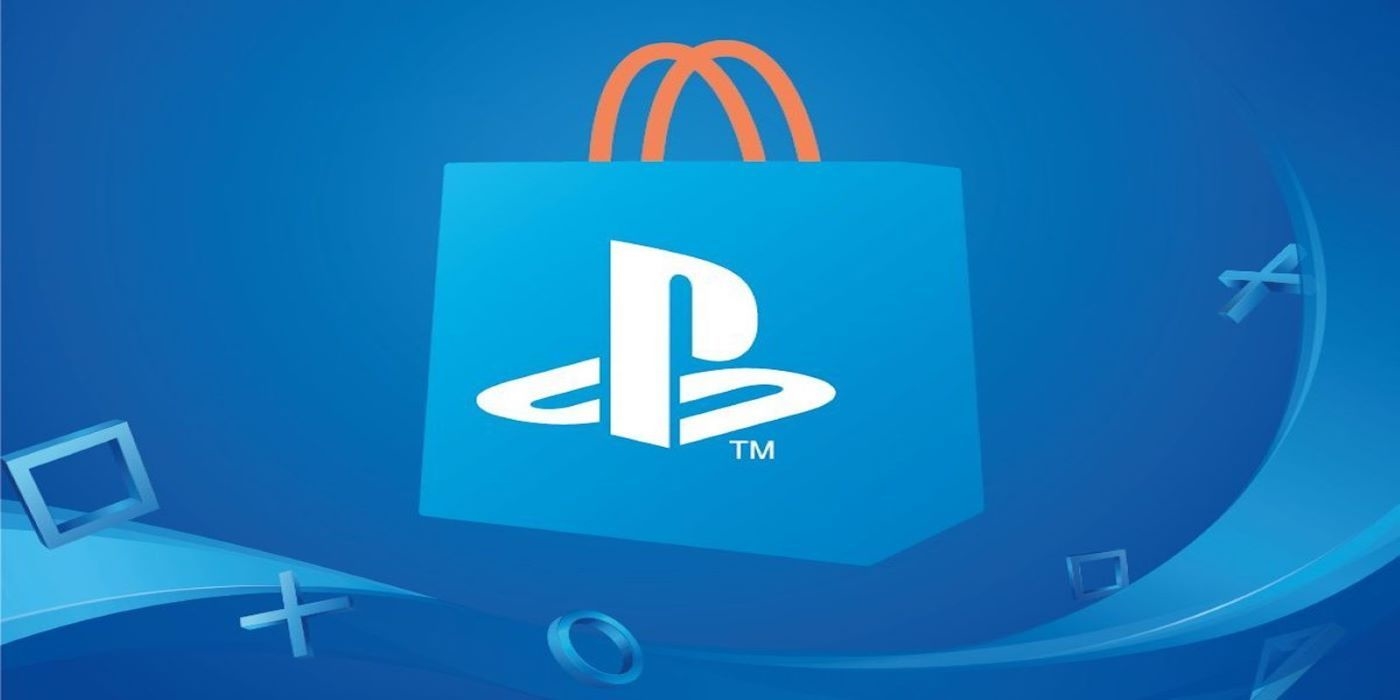Storeless Stores, Live Shopping, And Other 2021 Trends IAB Identified
Storeless Stores, Live Shopping, And Other 2021 Trends IAB Identified

Digital screens — from desktops and televisions to smartphones — have become the advertisement, the content, and the store.
In 2021, the fastest-growing and most successful brands will be storeless and will rely on data and become live and participatory, and will be entertaining, remain local, and stream content, according to The IAB Brand Disruption 2021 report released Monday at the annual summit.
The pandemic disrupted the advertising and commerce industries, accelerating the transition by up to 500% from brick-and-mortar to ecommerce, IAB Executive Vice Chair Randall Rothenberg told attendees at the online conference.
“We call this new retail paradigm storelessness,” he said, citing data that suggests brick-and-mortar store closures are likely to top 25,000 this year.
More than half of those closures will be in shopping malls, he said. Among the most notable bankruptcies are Century 21, Brooks Brothers, Neiman Marcus, and JCPenney.
Nike, on the other hand — which took much of its sales digital — announced in August its consumer-direct acceleration strategy. It would close nine wholesale accounts and double down on DTC and owned-and-operated stores.
Nike now expects digital sales to account for 30% of its revenue in fiscal-year 2021, two years earlier than the company envisioned. First party data will be used for everything, from inventory management to improving the consumer experience.
Digital retail spending rose 30% through the second quarter, reaching $347 billion. From April through June, $1 of every $5 came from orders placed in digital stores.
Adobe Analytics reported that 2019 had only two, $2 billion online sales days outside of the holiday season. By the end of August 2020, there were 130, $2 billion online sales day.
U.S. Department of Commerce Data reports ecommerce sales made up 16% of total U.S. spending in 2019, rising to between 23% and 25% of retail sales, according to the IAB report.
Rothenberg said the pandemic not only accelerated the shift, but permanently changed “the brand value chain.”
The report also notes that trends in production, distribution, retail, and marketing make small brands more competitive against large brands. But big brands’ scale, recognition, and trust still give them significant advantages.
Instant gratification also made its way into ecommerce, with companies like Walmart and Amazon competing to make two-hour delivery the norm in major markets, delivery partnerships for rapid fulfillment are now essential for all brands. And many more others adding buy in store and pickup at curbside.
Trends also include the growth of free, ad-supported, streaming TV, noting it boost the use of shoppable media.
(34)


